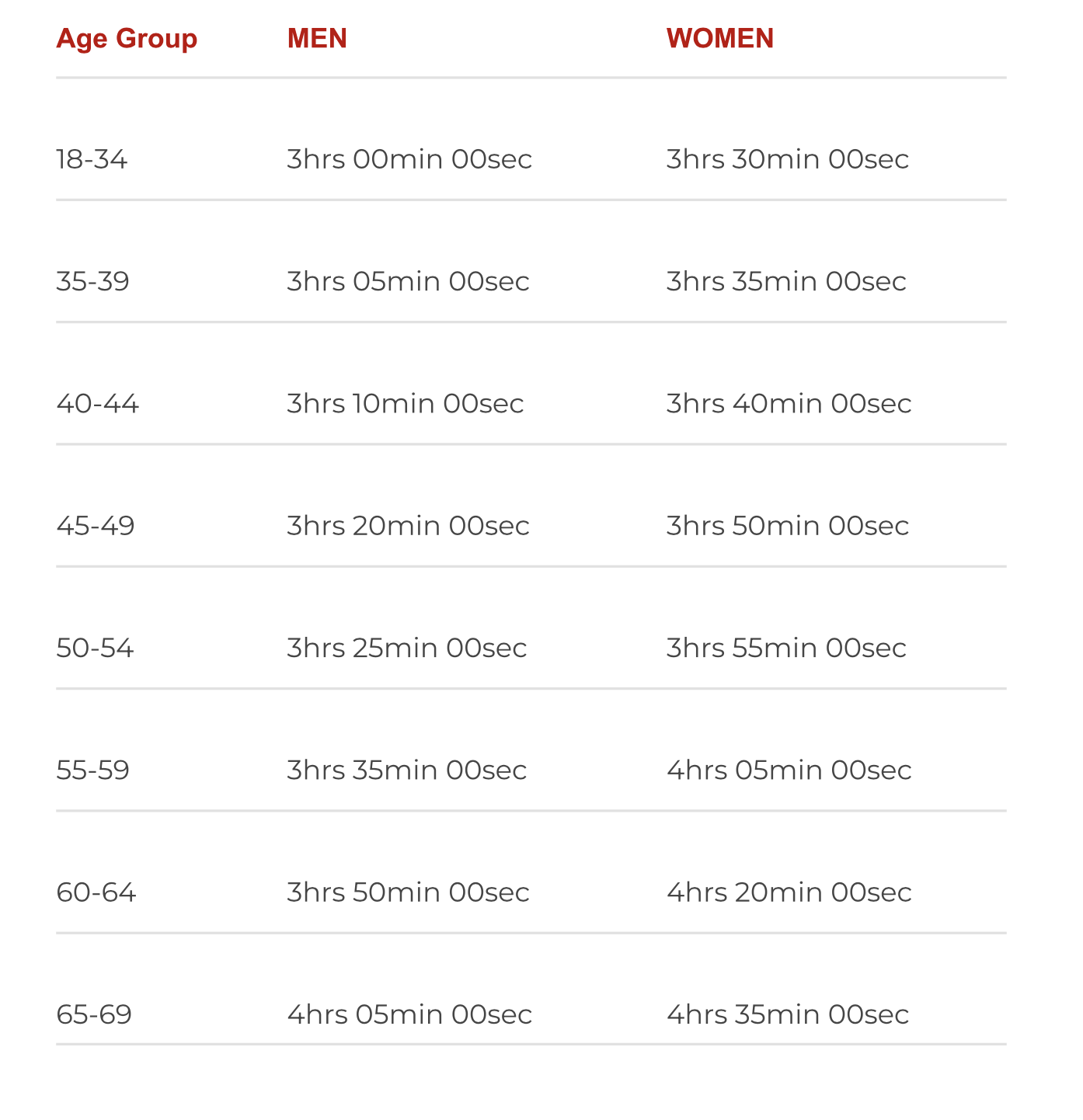3 Habits of Boston Qualifying Marathoners
Jun 18, 2022
Photo Credit: Run 4 FFWPU
Qualifying for the Boston Marathon is a dream that many runners have. The standards to qualify are tough, and they are only becoming more difficult as time passes. Depending on your age and gender,
you would need to run a prior marathon under a certain time in order to qualify to run the Boston Marathon.
As of June 2022, the qualifying standards for the Boston Marathon are:


Strava is an app that many runners use to track their runs and mileage. In 2017, Strava shared statistics of almost 30,000 runners: some who qualified for the Boston Marathon, and some who didn’t. From this data, we are able to extrapolate some of the training habits from those who ran a Boston-Qualifying (BQ) marathon and compare them to those who did not qualify. Three of the biggest differences between these groups are as follows:
1. Boston-Qualifiers Run More Miles
Although obvious, those who ran a BQ marathon had a higher volume of mileage during their training. 12 weeks prior to the race, male BQ’ers ran an average of 46.6 miles per week as opposed to
male non-BQ’ers who ran an average of 24.9 miles per week. In regards to females over the same 12 weeks, BQ’ers ran an average of 40.2 miles per week whereas non-BQ’ers ran an average of just 23.5 miles per week.
The important takeaway here is that distance runners truly need volume.
2. Boston-Qualifiers Run More Often
In the same 12 weeks prior to their qualifying race, males who qualified for the Boston Marathon ran an average of 7.05 times per week, and females who qualified ran an average of 6.7 times per
week. On the other hand, males who did not qualify ran an average of 5.34 times per week, and females who did not qualify ran an average of 5.29 times per week.
This not only shows the importance of increased volume but being able to manage the training load appropriately. Rest days are vital, but appropriately implementing two-a-days can play an important part in safely and efficiently increasing a runner’s volume.
3. Boston-Qualifiers Run at Lower Intensities
The pace of which a runner needs to maintain to hit their BQ time depends on their gender and age. Nevertheless, males who qualified for Boston only ran 15% of their training miles faster than their BQ
pace, whereas females who qualified ran 23% of their mileage faster than their BQ pace. Males who did not qualify ran 57% of their miles faster than their BQ pace, and females who did qualify ran 64% of their miles faster than their BQ pace.
These statistics show the importance of building and maintaining an aerobic base. Runners need to spend time training at an easier, slower pace - ideally in zone 2, to build the aerobic base they need to
perform on race day.
Conclusion
Habits of Boston-qualifying marathoners align with the basic aerobic training principles. Runners who are attempting to qualify for the Boston Marathon need to increase their running volume safely and efficiently while spending a lot of time getting in the slower, easier miles.
Written by Dr. Carmen Scuito, PT, DPT, CSCS
https://www.instagram.com/carmen.dpt/
Stay connected with news and updates!
Join our mailing list to receive the latest news and updates from our team.
Don't worry, your information will not be shared.
We hate SPAM. We will never sell your information, for any reason.

